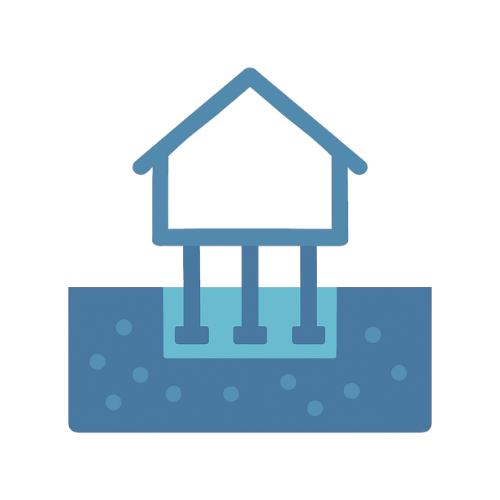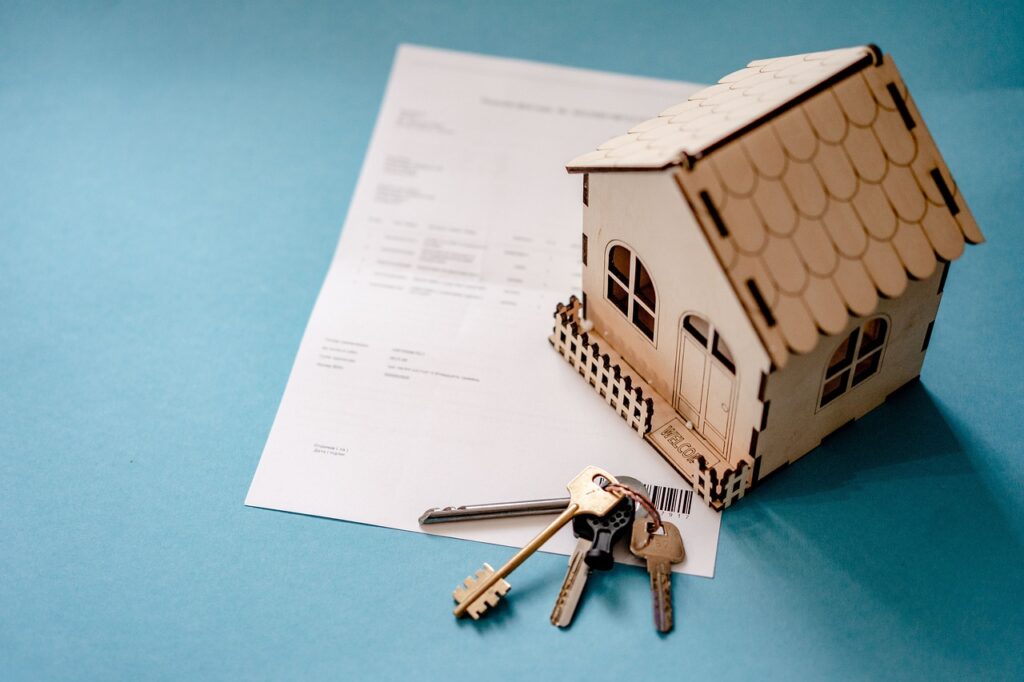Home insurance is essential for protecting your home and belongings, but that doesn’t mean you have to overpay for it. Many homeowners assume that lowering their premiums means cutting back on coverage, but that’s not always the case. With the right strategies, you can save money while keeping your home fully protected.
1. Shop Around for the Best Deal
Insurance rates vary from company to company. Don’t settle for the first quote you receive—compare multiple providers to see who offers the best coverage at the lowest price. Many insurers also match competitor rates, so it’s worth asking.
2. Bundle Your Policies
If you have auto insurance, consider bundling it with your home insurance. Many insurance companies offer discounts for having multiple policies with them, which can lead to significant savings.
3. Increase Your Deductible
Your deductible is the amount you pay out-of-pocket before your insurance kicks in. Raising your deductible can lower your monthly premium, but make sure you have enough savings to cover it in case of an emergency.
4. Improve Home Security
Installing security cameras, smoke detectors, or a monitored alarm system can reduce your insurance costs. Many providers offer discounts for homes with added safety features since they lower the risk of theft and damage.
5. Maintain a Good Credit Score
Did you know your credit score can impact your insurance premium? A higher credit score often leads to lower rates because insurance companies see you as a responsible policyholder. Paying bills on time and reducing debt can help improve your score.
6. Ask About Discounts
Insurance companies offer a variety of discounts, but they don’t always advertise them. Ask about discounts for:
- Being claim-free for several years
- Being a non-smoker
- Having a newer home
- Living in a gated community
7. Review Your Policy Annually
Your insurance needs change over time. Review your policy every year to make sure you’re not paying for coverage you no longer need. For example, if you’ve paid off certain valuables or completed home upgrades, you might be eligible for lower rates.
Special Offer: Get a Free Home Insurance Review Today!
Want to find out if you’re overpaying for home insurance? Get a free policy review and a no-obligation quote today. Our experts will help you uncover savings while ensuring your home stays fully protected. Don’t wait—start saving now!
Final Thoughts
Lowering your home insurance premiums doesn’t mean cutting corners on protection. By shopping smart, improving home security, and taking advantage of discounts, you can keep your home insured without breaking the bank. Take action today and enjoy the peace of mind that comes with having the right coverage at the right price.



























